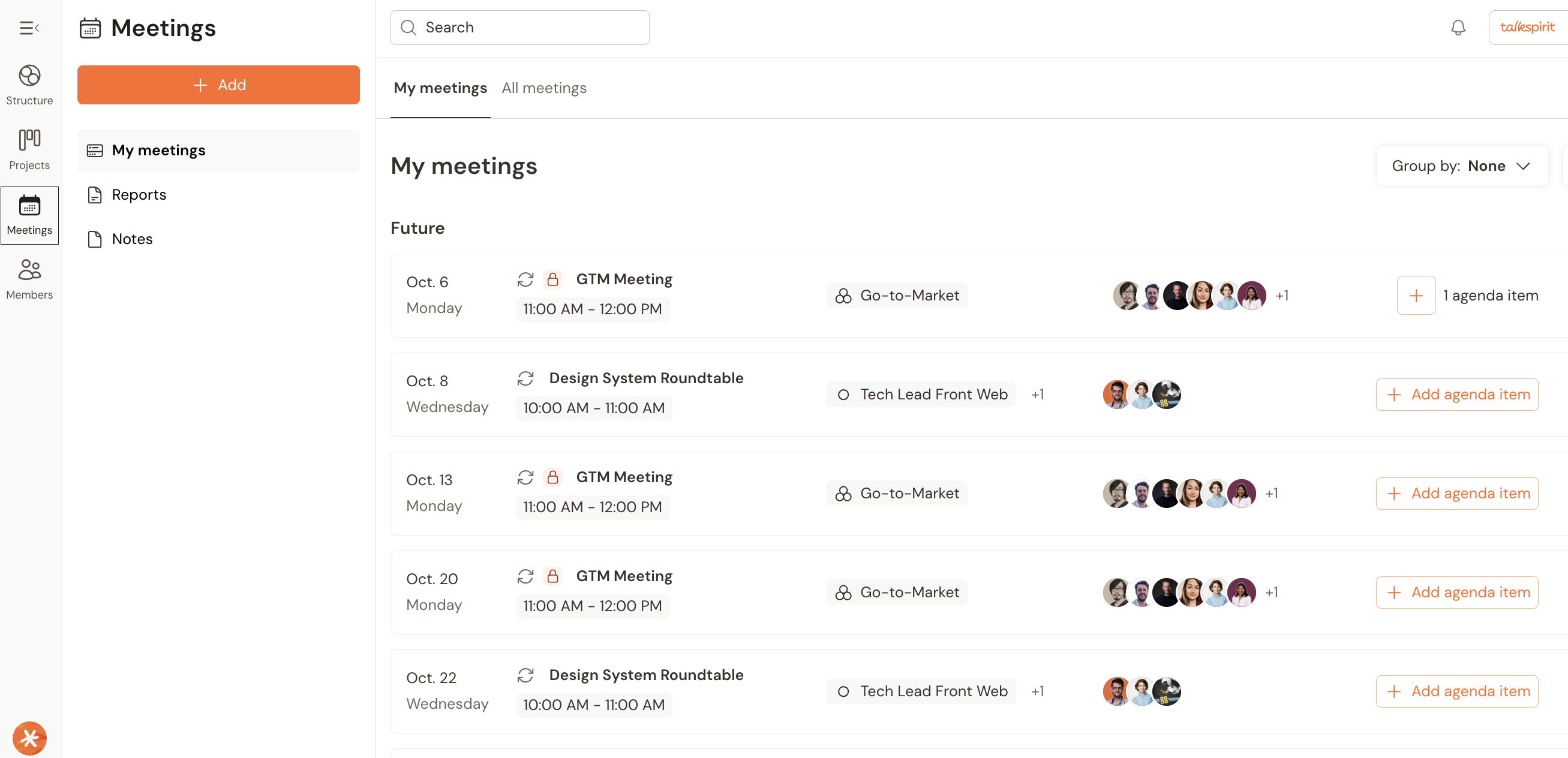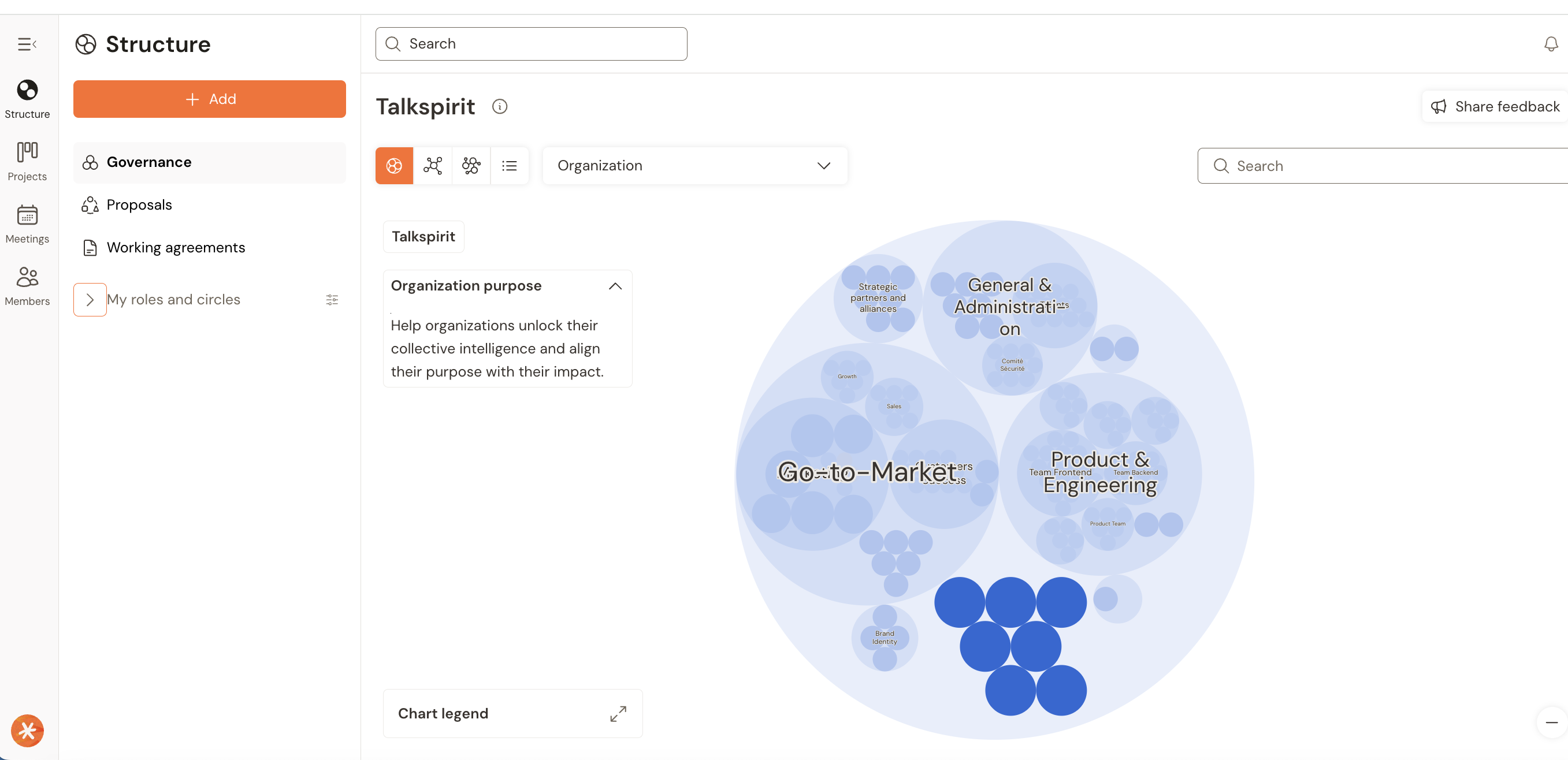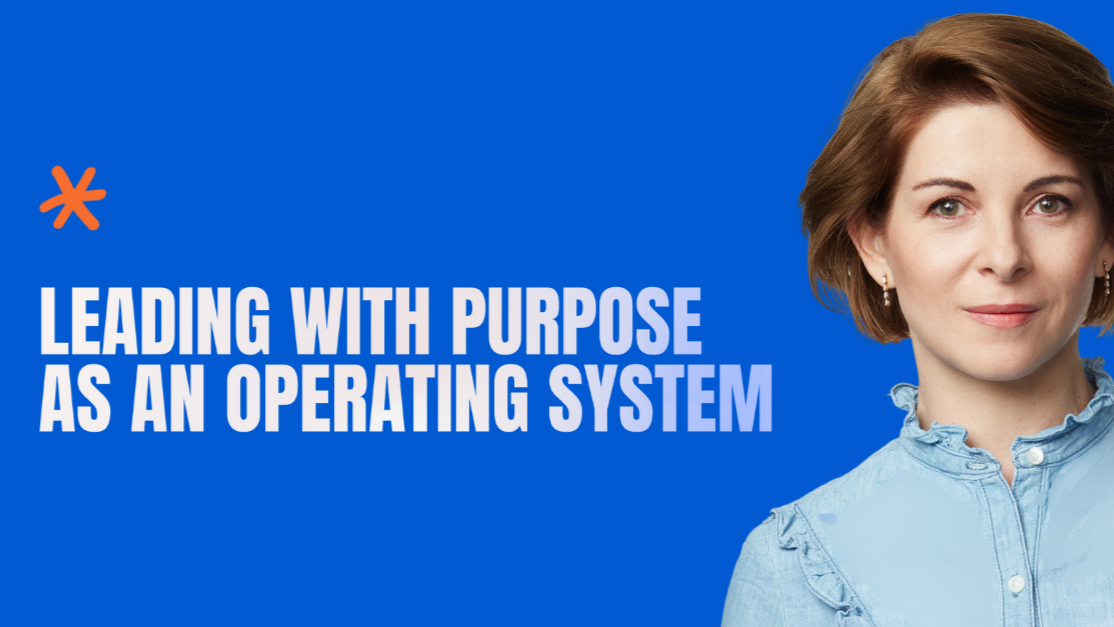Agile Leadership: Bring Your Teams on Board in 7 Steps

Agile leadership is an approach to team management that emphasizes autonomy, flexibility, and rapid adaptation. Borne in 2001, when a group of developers met at a Utah ski lodge and drew up their Agile Manifesto, this method has since conquered many other sectors of the economy. It's based on three pillars: transparency, collaboration, and adaptation. The end goal? Enable teams to react effectively to change and make decisions in real time—not with rigid rules.
To implement this management model effectively in your company, all your employees need to adopt these Agile principles. And to accomplish that, it's up to you to prove its benefits to them! 🫵
Agile management helps create more autonomous teams—teams capable of quickly adapting to unforeseen circumstances, and where everyone feels fully engaged in their missions.
So—ready to take the plunge? In this article, discover 7 concrete steps to get your teams on board with your agile leadership approach!
Step 1: Define a Clear Vision
To succeed with agile leadership, it all starts with a clear and inspiring vision! Every team member needs to understand :
- why they work on a project
- how their contributions count
These elements are essential for drawing up a common vision and aligning everyone's efforts towards the common goal. By having that shared vision, your teams will be able to apply your agile management style, because they'll know where you want to take them and will be able to work more freely to achieve their objectives.
What's an effective way to clarify your objectives? Adopt objectives and key results (OKRs)! This method helps to set precise, measurable goals for each team. For example, a company adopting OKRs might set a goal like "improve customer experience," with tangible key results like "Reduce customer service response times by 20%." Everyone knows exactly what they need to achieve, so it's easier to stay engaged!

Looking for an agile management tool to structure your OKRs? Try Talkspirit! Our software facilitates OKR tracking and transparency for more agile teams. It's a simple yet powerful tool to ensure that every member understands the direction and actively contributes to team results.
To learn more about OKRs, we also invite you to check out our white paper on "How to Create Sustainable OKRs", in which you'll find an AI-powered OKR advisor tool 👇
Step 2: Build a Culture of Trust and Autonomy
Agile leadership is all about leaving to each his own in the management of responsibilities, and this tends to encourage innovation and initiative-taking. Plus, let's be honest: employees who know they're trusted stay far more motivated!
Also read: 7 Proven Techniques for Empowering Your Employees
To do this, think about delegating strategically. For example, instead of overseeing each step, give each member a part of the project to manage autonomously. Rather than asking for a detailed report at every meeting, set overall goals and let the team organize the steps to achieve them on their own. This kind of less top-down, results-oriented management frees up everyone's creativity and potential.
Some companies rely heavily on team autonomy. Spotify has developed its own model based on the agile methodology: the famous "Spotify model," where teams are organized into "squads" (small autonomous groups). Each squad operates independently and makes its own decisions to achieve its objectives. The result? More innovation and boosted productivity!

Other models exist, such as Holacracy and sociocracy. These methods ensure that each employee has a clearly defined role and plays an active part in collective decision-making.
To explore these agile governance approaches further, discover our ebook dedicated to innovative organizational models that promote autonomy and collaboration! 👇
Step 3: Set up Agile Ceremonies
Collaboration is another one of the essential pillars of agile leadership. To boost collaboration within your organization, there are various agile ceremonies—the routines you'll need to adopt. In fact, some of them can make all the difference in keeping everyone aligned and motivated! But how do you put them into practice?
- The stand-up is a short daily meeting where members can individually share their progress and challenges in just a few minutes. This ceremony boosts transparency and helps identify any sticking points very efficiently.
- Retrospectives, or "retros," held at the end of each project cycle (every 2 to 3 weeks), are an opportunity to discuss successes and areas for improvement. They help the team continuously evolve.
- Sprint reviews are when teams show off their results. These moments of exchange reinforce engagement with common goals.
These examples of agile ceremonies are useful for improving internal communication and streamlining exchanges. Teams always know where they stand, and everyone feels supported in achieving their objectives!
Step 4: Facilitate Access to Information
An informed team is an engaged team—ready to take the initiative! The secret to effective agile management is to make information easily accessible...
To achieve this, you can set up a news feed where everyone can follow the latest team news, or create a library of resources accessible to all. These resources ensure that every team member is on the same wavelength and understands the company's priorities. As a result, your teams will be more creative and free to explore all the resources at their disposal.
Take Talkspirit, for example: this platform offers a centralized communication space to streamline internal communications. Teams can exchange ideas, ask questions and easily access the documents they need for their work.

Want to see how Talkspirit can improve your team's flow of information? Request a demo today and discover all the benefits!
Step 5: Promote Ongoing Professional Development
Organizational agility relies on the talents of each individual. So, for agile leadership to work, it's essential that every team member constantly develops his or her skills.
Start by organizing regular training tailored to your team's needs. This can include workshops, webinars, and coaching sessions. Don't hesitate to encourage self-training: provide access to online resources, such as courses or books, so everyone can progress at their own pace.
What's more, a routine feedback system helps to highlight strengths and identify areas for improvement. By encouraging ongoing professional development and learning, you reinforce your team's ability to continuously adapt and innovate!
Step 6: Encourage Collective Decision-Making
Collective decision-making is a real asset for strengthening team cohesion and boosting individual engagement. When everyone's involved in the decision-making process, it creates a sense of belonging and shared responsibility. For your teams to fully embrace agile leadership, it's essential to give them a voice and a role in the process.
To put this into practice, organize brainstorming sessions or collaborative workshops. These allow each member to express his or her ideas and actively participate in the team's choices. Adopting collective decision-making also means giving everyone the power to contribute to the team's success!
In addition to these workshops, setting up a consent-based decision-making process can be very beneficial. In concrete terms, this means that decisions are validated as long as no member of the team has a major objection. This model does not seek absolute unanimity, but rather aims to get everyone on board to move forward quickly, while respecting divergent opinions. This fosters a climate of trust and shared responsibility by making every member an active participant in the process.
Step 7: Measure your Agility's Impact on Team Engagement
To ensure that your agile leadership approach is bearing fruit, you need to measure its impact on team engagement. A good way of doing this is to use satisfaction surveys, regular feedback and performance indicators. Consider a few examples:
- Talent retention rate: measure employee loyalty to assess whether the agile work environment is conducive to employee well-being.
- Absenteeism rate: a low absenteeism rate may indicate that employees feel motivated and devoted to their work.
- Participation in agile ceremonies: evaluate team participation in stand-ups, retros, and other agile ceremonies as an indicator of their engagement.
All these tools better enable you to assess your team's state of mind and identify areas for improvement. For example, you can set up quarterly surveys to gather feedback. Thanks to this feedback, you can adjust your agile strategies by reinforcing collaboration or revising certain processes.
A Final Word
To get your teams on board your agile leadership approach, lay the foundations for candid collaboration and ensure that each member feels valued.
Whether through a clear vision, agile ceremonies or well-defined responsibilities, every step counts. Each one reinforces the engagement and autonomy of your teams. By implementing these best practices, you give your employees the means to fully embrace agility and get involved in their missions.
Don't forget that agility is an ongoing process that requires adaptability and regular questioning. It's by listening to your teams and adjusting your practices that you'll really reap the benefits.
If you'd like to find out more about new forms of leadership and agile management, download our white paper on next-generation leadership. You’ll find best practices for engaging and motivating your teams and boosting their performance. 👇
Access the White Paper
In the Next-Generation Leadership white paper, you will discover: the skills that every great leader should possess, the different possible management styles, as well as methods and best practices for implementing them within your organization.


























.jpg)





.jpg)
.jpg)







.jpg)
.jpg)

.jpg)

.jpg)


.jpg)











.jpg)




.jpg)



.jpg)

.jpg)



.jpg)








.jpg)


















.jpg)

.jpeg)